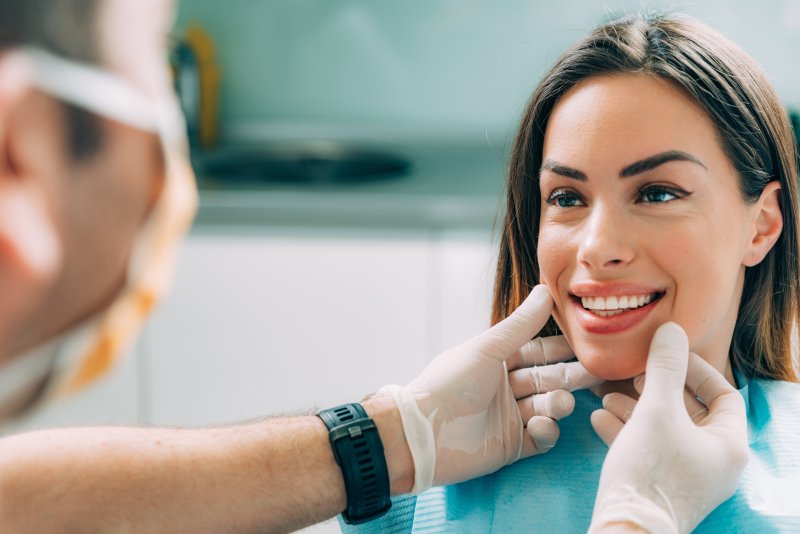
Surprisingly enough, cosmetic dentistry started centuries ago. Only through continued discoveries and ideas did it evolve from its primitive beginnings to today’s current form.
For those eager to learn more about this storied path, here’s a summary of the significant periods in cosmetic dentistry’s history – its ancient origins, its growth in the Medieval and Enlightenment eras, and its present peak.
The First, Ancient Attempts
Dedicated attempts at cosmetic dentistry began around the time of the classical era.
The Etruscans would replace their missing teeth with very unusual items. It’s currently known that, as far back as 700 B.C., they made dentures from ivory and bone.
The Ancient Egyptians tried their hand at dentistry too. They used gold to make dental crowns and dental bridges. In other situations, they used seashells for tooth replacements. To remove stains, they went as far as creating toothpaste from pumice stone and vinegar.
Notably, the Ancient Romans used a toothpaste-like concoction made from human urine to remove dental discoloration, as the ammonia can break apart stains and whiten teeth. However, according to many historians, the concoction was normally used as a mouthwash.
Medieval & Enlightenment Developments
Alterations to ancient techniques started around the medieval period.
Medieval barbers, equipped with the age’s metal tools, filed teeth and used a coat to make them whiter. Unfortunately, the process usually destroyed the tooth’s enamel and the tooth itself. Europeans also tried new approaches to the lost practices of dentistry, including unique ways to use bone and ivory as dentures, as well as new methods for implanting human teeth from dead bodies.
Cosmetic dentistry further improved during the 1700s. At that time, specialists began using porcelain for dentures. Later, in the 1800s, they attempted to place metals in the sockets of missing teeth, though human bodies ultimately rejected them. Still, porcelain teeth became very popular, and dentists started using plaster molds for better-fitting dentures.
20th-21st Century Cosmetic Dentistry
Teeth Whitening: In 1989, dentists Dr. Haywood and Dr. Heymann came up with the idea to use carbamide peroxide as a whitening agent. Their discovery has since made it easier to bleach teeth in the dentist’s office and at home.
Dental Veneers: Invented in the 1930s by Charles Pincus, dental veneers have existed for less than a century. Since then, dental veneers have become thin, durable and last from 10 to 15 years.
Dental Implants: The first screw dental implant was created in 1937. Only in the 1950s, though, was osseointegration discovered, making easier dental implants a reality. After being marketed to the public in the 1980s, receiving implants to replace missing teeth is now a standard procedure!
Orthodontics, Braces and Clear Aligners: Having created dental devices like Invisalign, this technology allows you to wear a clear, customized tray for teeth instead of a bulky apparatus. The recent shift allows dentists to create straight smiles that are both visually appealing and essential for proper oral health.
As you can see, cosmetic dentistry isn’t a purely 21st century invention. It’s based on thousands of years’ worth of effort by people seeking beautiful smiles!
About the Practice
Sommers Family Dentistry is a dental practice based in Norwalk, Ohio. Led by Drs. Norman and Adam Sommers, both having earned their doctorates in dental surgery from Ohio State University’s College of Dentistry, the practice pursues genuine improvement in oral health. The practice welcomes those of all ages, from adults to children, and prioritizes preventive care that keeps teeth strong and healthy. You can learn more about Sommers Family Dentistry via their website or by phone at (419)-668-3606.


